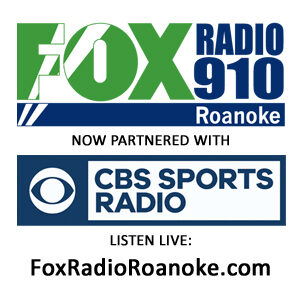The oldest college football rivalry west of the Mississippi is the “Border War” between Kansas and Missouri. The name is a reference to vicious guerrilla fighting during the Civil War, and the first game in the series was played in 1891, just one generation removed from actual conflict. In that first game, the Jayhawks prevailed 22-10. For the first 20 years of the rivalry, the game was played at neutral site Kansas City, to make it convenient for the most spectators to attend. But in 1911, a new conference regulation required all regular-season games to be played on campus, and Mizzou was chosen to host the first one.
Missouri Athletic Director Chester Brewer was worried that moving the game from Kansas City to little-ole Columbia MO would put a damper on attendance. So he created a weekend-long event, including a parade, a pep rally and a bonfire, and encouraged all Mizzou alumni to “come home” to cheer their team against the hated Jayhawks. And what a turnout! Over 10,000 Missouri alumni poured into Columbia, to watch their boys fight to a 3-3 tie.
The next year, not to be outdone, Kansas produced a similar event in Lawrence, KS – and generated similar alumni turnout – as the Jayhawks beat Mizzou 12-3. Since that time, the Border War has proven not only one of the most attended college football rivalries, it has been so closely-fought as to defy statistical belief. In 1960, a Kansas win over then-number-one Missouri cost Mizzou the national championship, but the game was later forfeited to Missouri due to an ineligible Jayhawk player participating. As a result, as of 2009, the series stands at 55-54-9. But in favor of whom? If you agree with the 1960 ruling, it’s Mizzou; if not, it’s the Jayhawks. Imagine that, a rivalry so bitter the competitors can’t even agree on who’s winning!
But all of that pales in comparison to the larger impact the rivalry has had on collegiate culture nationwide. After the attendance success of the 1911 game, other schools followed Missouri’s lead in encouraging their alumni to “come home.” Down at Baylor University, a game and concert called “home coming” had been held as early as 1909, and by 1915 the event had become an annual offering. And up at Illinois Urbana, a weekend-long event that included a football game, concerts and class reunions was held in 1910, without the name “homecoming.” But it’s Mizzou that’s credited with creating and spreading the idea of “homecoming” across the nation. By 1920, most colleges and universities had made it a staple of their annual calendar. Today, there are also winter homecomings, spring homecomings and homecomings for specific sports. A recent popular twist is “courtwarming” for the basketball team, an innovation that has proven especially popular in, of all places, the state of Missouri.
As for the original, the Border War is no longer the homecoming game for either Kansas or Mizzou, and it is has been moved back to Kansas City. And the arguments continue. In 2004, M&I Bank began sponsoring the event, and renamed it “The Border Showdown.” But that was met with indignation, as fans, players, alumni and even national press outlets refused to bow to political correctness. Former Kansas coach Dom Fambrough, when asked in 2007 what he thought of the new name, told CNN,
“It’s a g***amn war! AND THEY STARTED IT!!”
By Mike Keeler [email protected]
